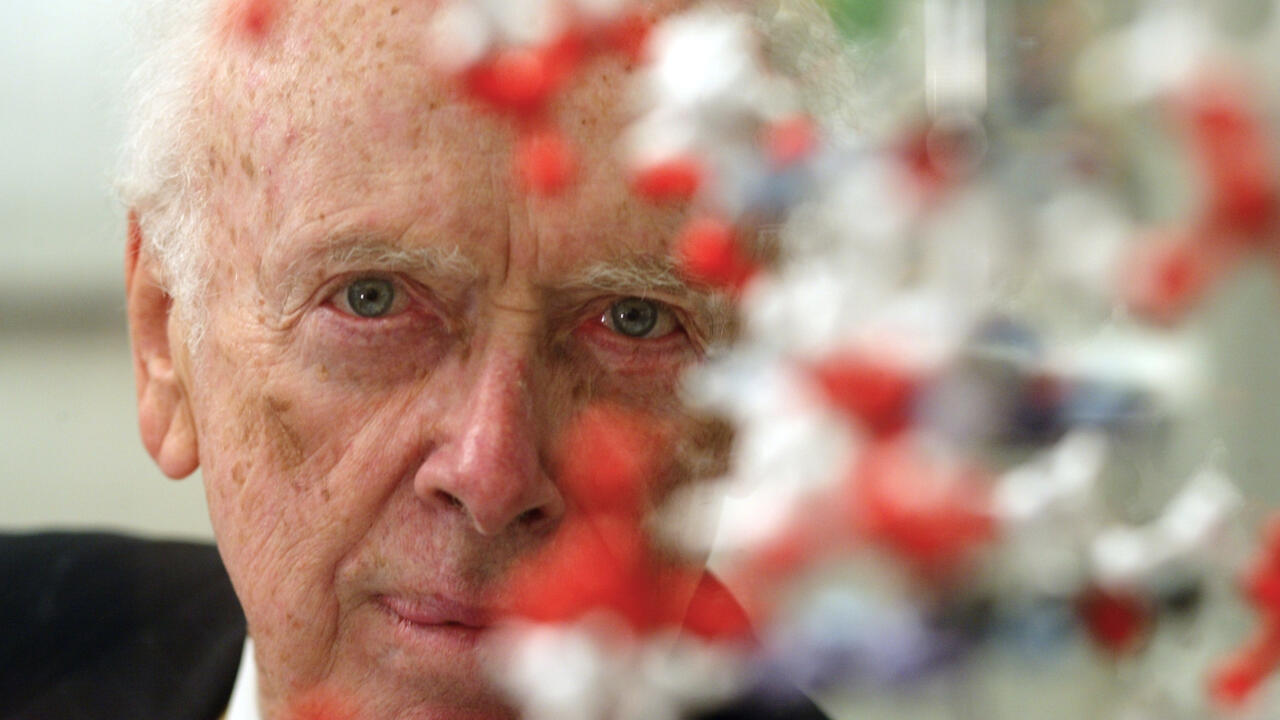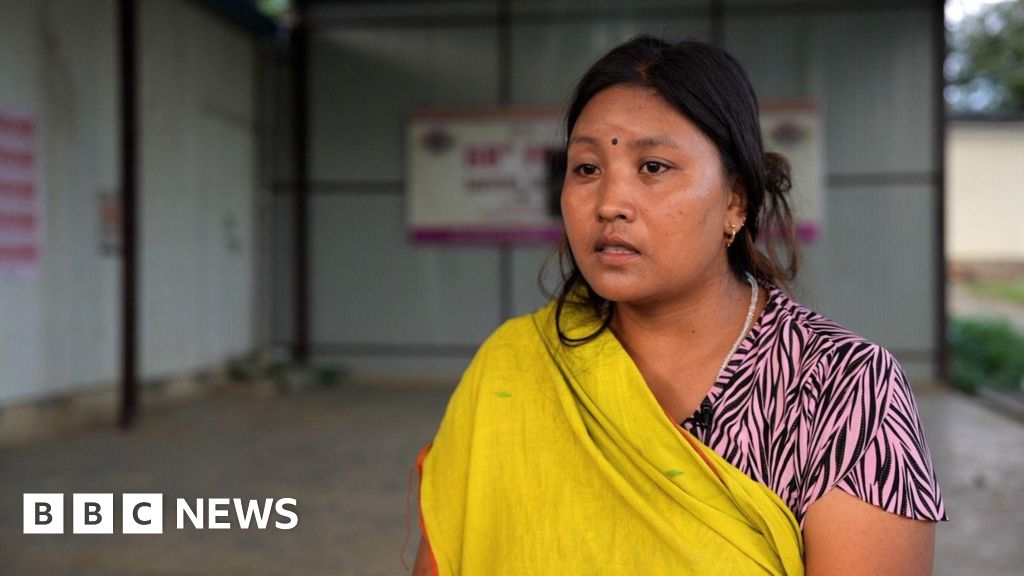
The federal government shutdown in the United States is moving closer to becoming the second longest in history, with no signs of a breakthrough. Some lawmakers have even warned that it could soon surpass the record 35-day shutdown that took place during US President Donald Trump’s first term.The standoff began on October 1.
DRONE VISUALS: Millions Of Americans Revolt Against Trump Amid 'NO KINGS' Flood In U.S.
The Trump administration is using the shutdown to advance its priorities and cut funding for programmes it opposes, while Democrats insist that any funding deal must include support for millions of Americans who risk losing health insurance or facing steep premium increases if Congress fails to act.Here's how it has affected workers, economy and government services:
Unpaid days and job cuts
As of March 31, the federal government employed around 2.3 million civilian workers.
Each day, the Congressional Budget Office (CBO) estimates, about 750,000 of them are furloughed, forced to stay home without pay until the shutdown ends. Others are considered “excepted” and continue working in essential services.Both groups will eventually be paid retroactively, but many could miss a full paycheck later this month after already receiving only a partial one for late September.Active-duty military personnel, roughly 1.3 million people, narrowly avoided missing their pay on Wednesday, after Trump ordered the Pentagon to redirect funds, according to AP.
However, officials say another temporary fix is unlikely.The CBO estimates that paying furloughed workers who are not working is costing the government about $400 million a day.In a break from how previous administrations have handled shutdowns, the current Republican administration is moving to lay off thousands of federal employees in departments it considers low priority. A first round of job cuts affecting 4,100 workers has already been announced, with the biggest reductions at the Treasury, Health and Human Services, Education, and Housing and Urban Development departments.White House budget chief Russ Vought told “The Charlie Kirk Show” that more layoffs are coming.“I think we’ll probably end up being north of 10,000,” Vought said, as quoted by AP.“We want to be very aggressive where we can be in shuttering the bureaucracy,” he added. “Not just the funding, but the bureaucracy, that we now have an opportunity to do that.”Lawmakers admit many federal employees live paycheck to paycheck.
Food banks in some communities have increased support, with the Capital Area Food Bank announcing extra food distributions in the Washington region from Monday to help federal workers and contractors.
Shutdown hits economy
Economists warn that the longer the shutdown continues, the greater the economic fallout. Oxford Economics estimates that each week of the shutdown cuts US economic growth by 0.1 to 0.2 percentage points. A full-quarter shutdown, which has never happened before, could reduce growth by 1.2 to 2.4 percentage points.TourismTourism is among the worst-hit sectors. The US Travel Association expects losses of around $1 billion a week as visitors cancel trips to national parks, historical landmarks and Washington DC Many public sites, including Smithsonian museums and the National Zoo, remain shut for visitors.TravelAir travel is feeling the strain as well. The Federal Aviation Administration has reported shortages of air traffic controllers in cities including Boston, Philadelphia, Atlanta and Houston.
Flight delays have spread to airports in Nashville, Dallas, Newark and other locations.Small businessesSmall businesses are also affected. The US Chamber of Commerce expects the Small Business Administration normally backs around $860 million in loans for about 1,600 small firms each week, but new loans have stopped. The shutdown has also delayed mortgage approvals and property transactions by freezing the issue and renewal of flood insurance policies.
Political standoff hardens
Neither side appears willing to compromise. Historically, the party that ties funding bills to demands rarely gets its way, as Republicans experienced in 2013 and 2018.Public opinion is divided. A poll by The Associated Press–NORC Center for Public Affairs Research found that six in ten US adults blame Trump and congressional Republicans “a great deal” or “quite a bit” for the shutdown, while 54% also hold Democrats responsible.The administration has frozen about $18 billion for a new rail tunnel under the Hudson River and an extension of New York City’s Second Avenue subway. It also cancelled $7.6 billion in clean energy grants across 16 states that backed Democrat Kamala Harris in the last presidential election. Officials say these moves are unrelated to the shutdown.Negotiations remain stuck. Republicans want health care talks to happen only after the government fully reopens. “We’re not conducting negotiations in a hostage situation,” said Senate Majority Leader John Thune, R-SD.House Democratic leader Hakeem Jeffries of New York said Democrats “are not going to bend and we’re not going to break because we are standing up for the American people.”

 1 month ago
14
1 month ago
14









 English (US) ·
English (US) ·